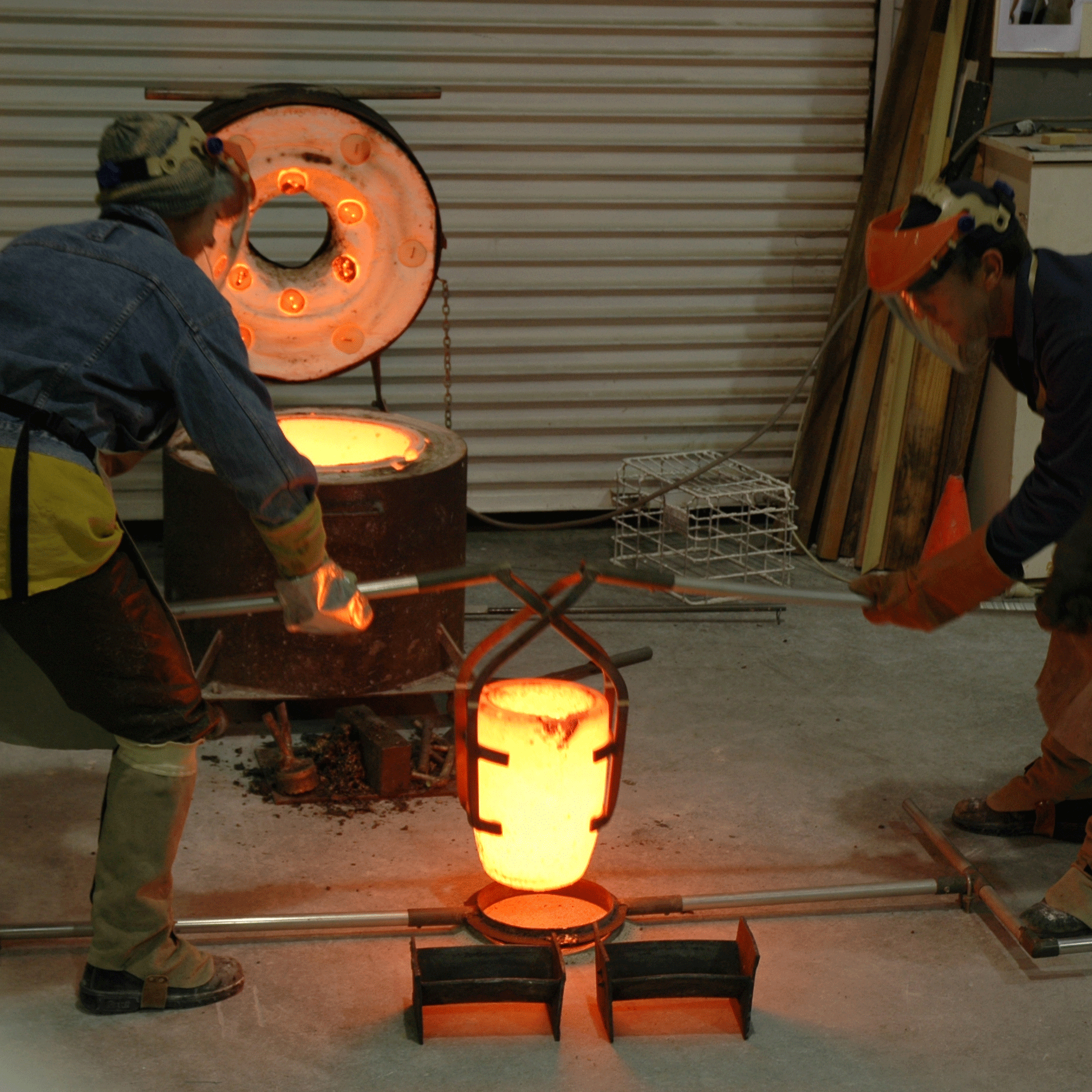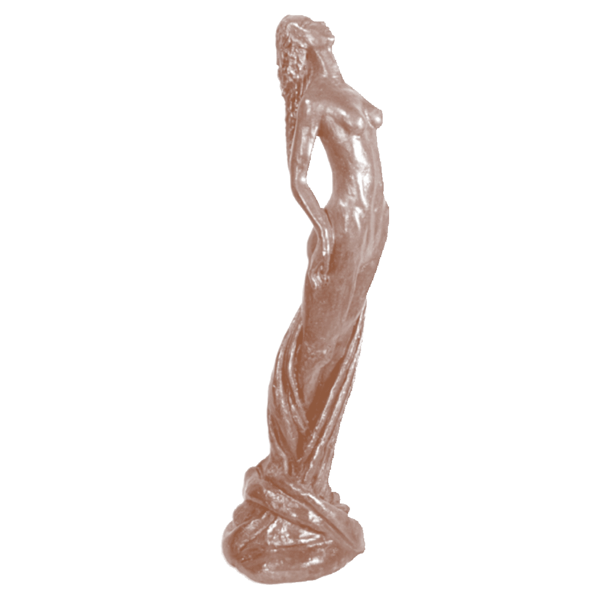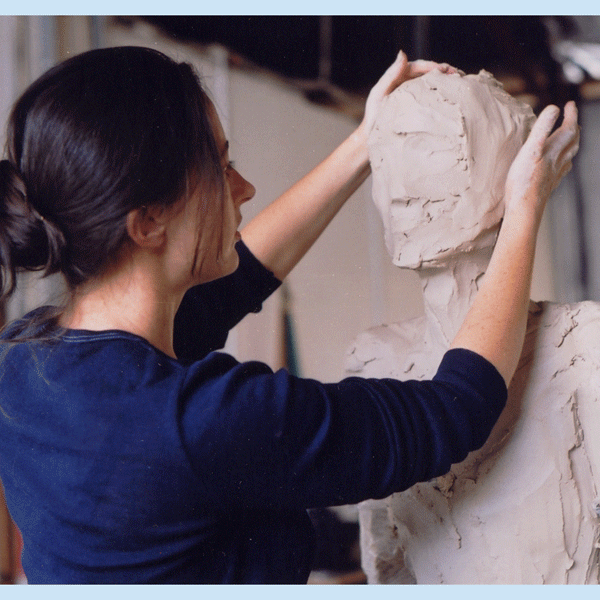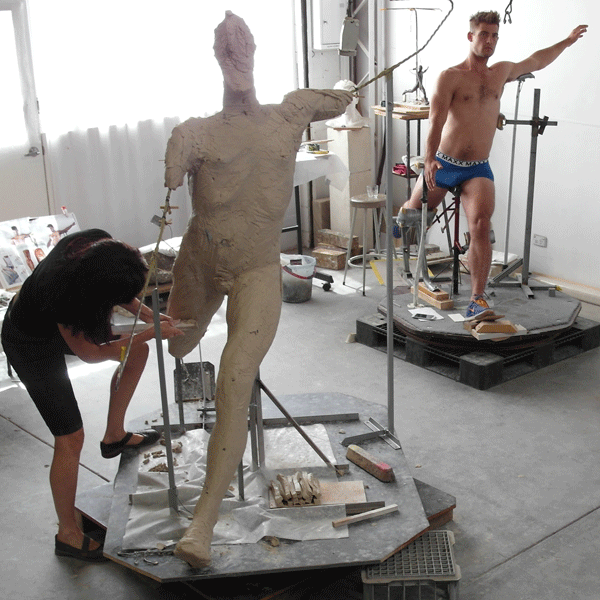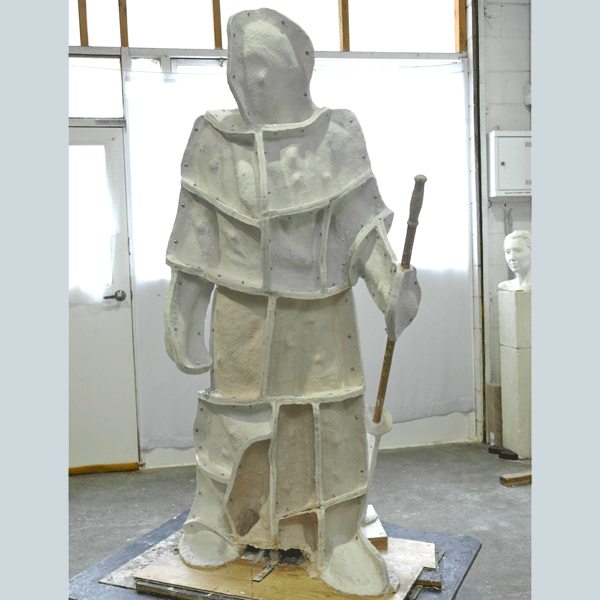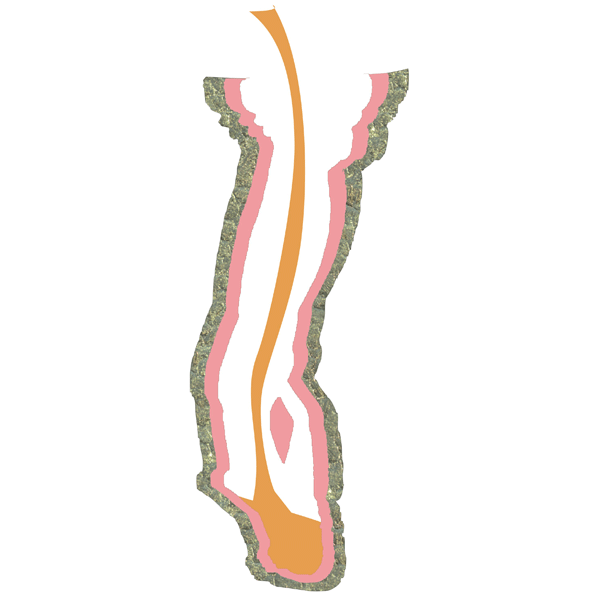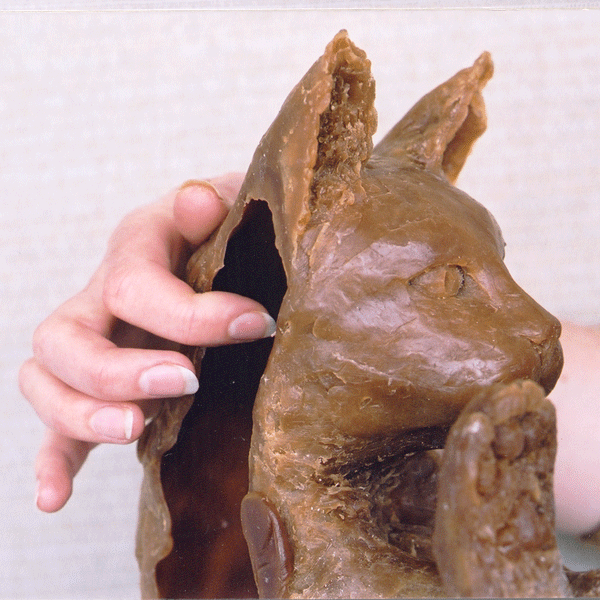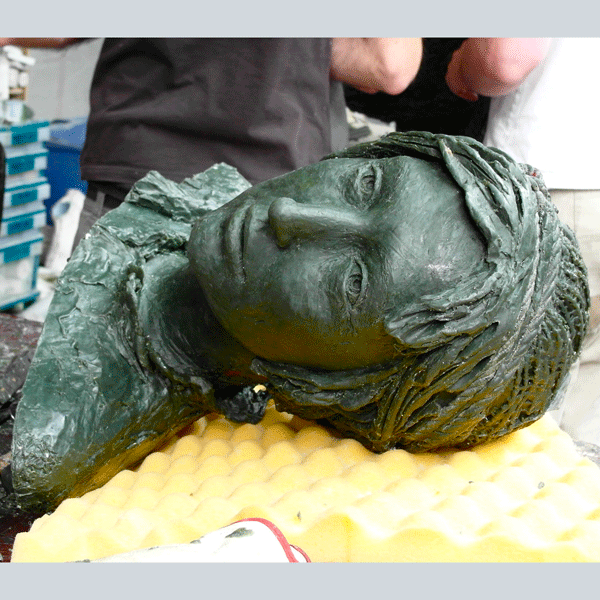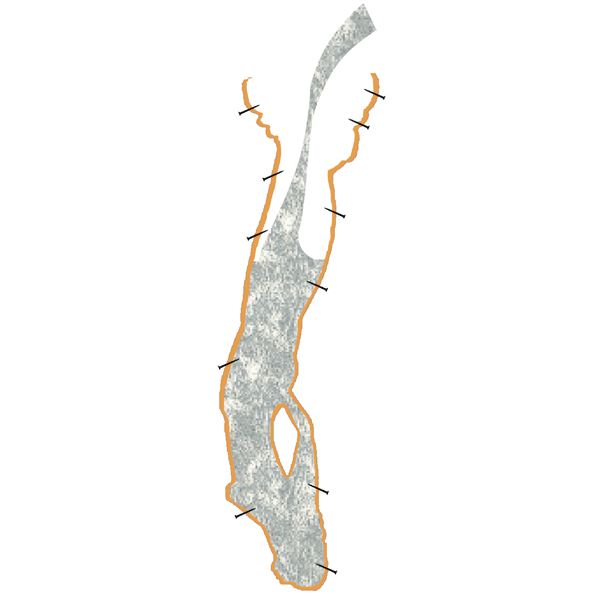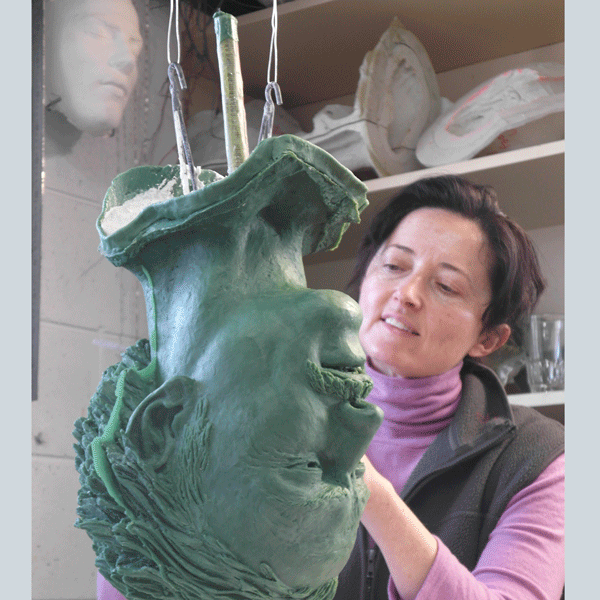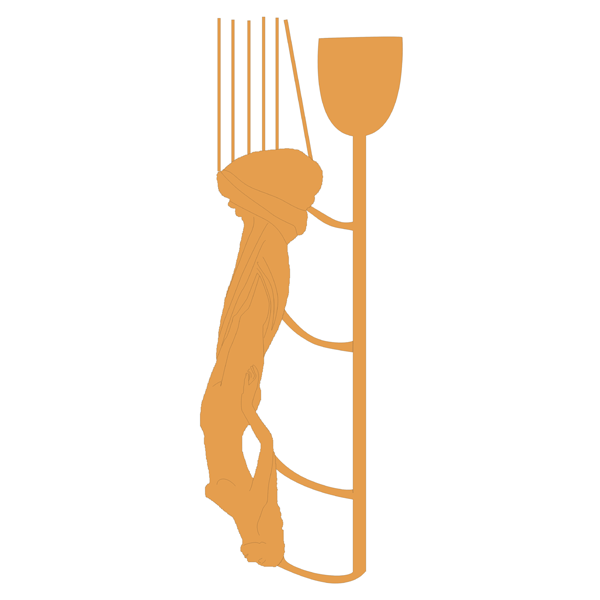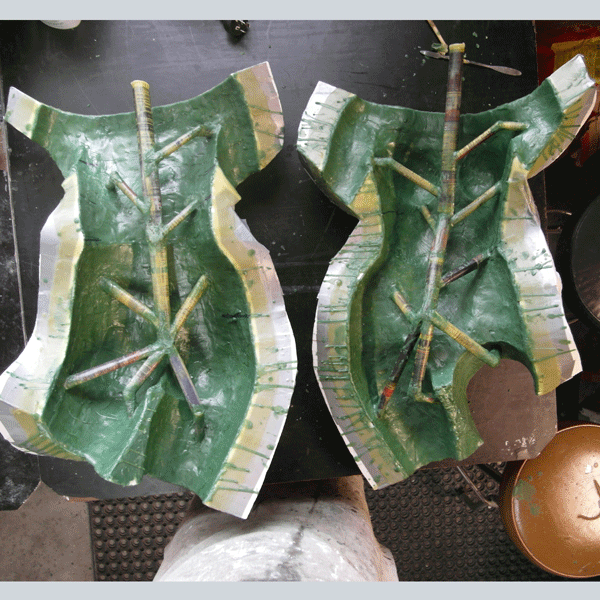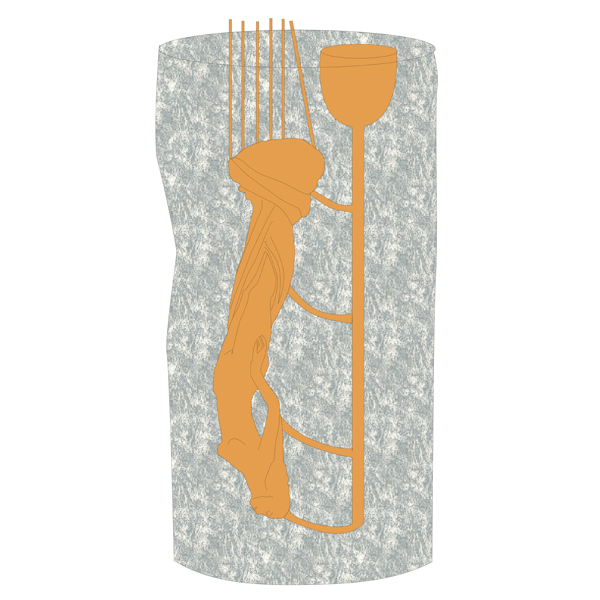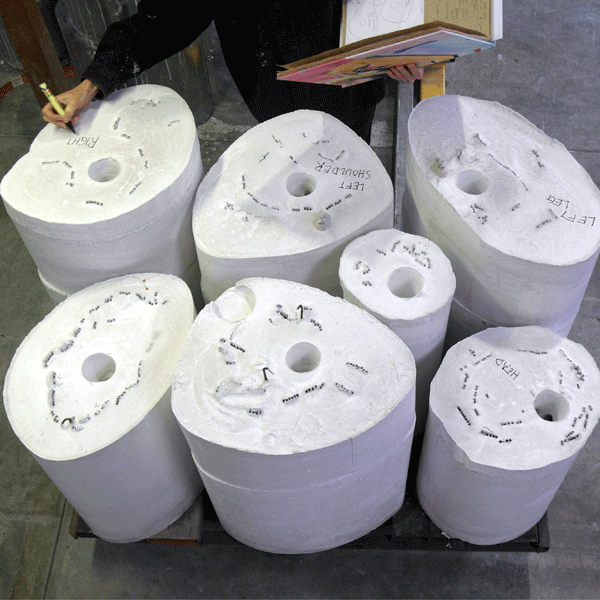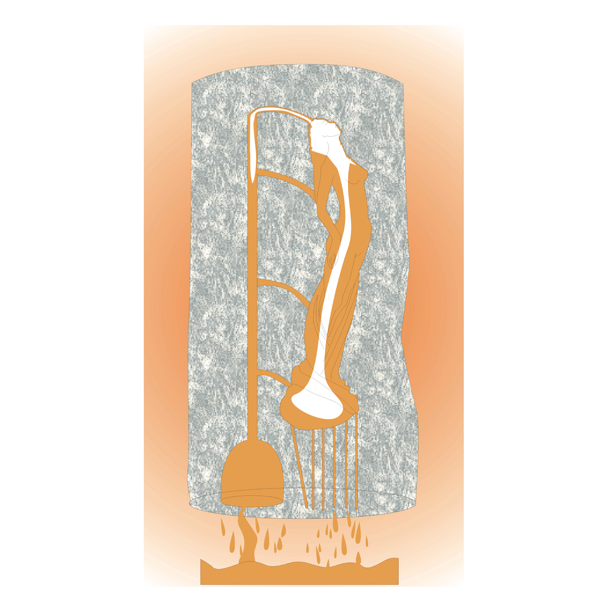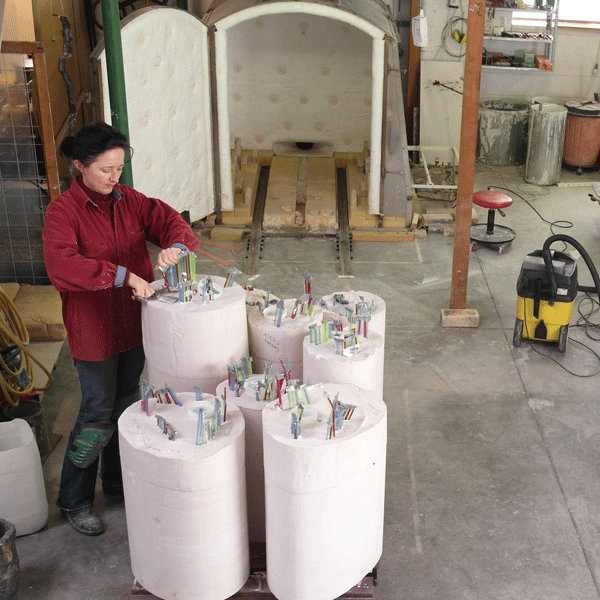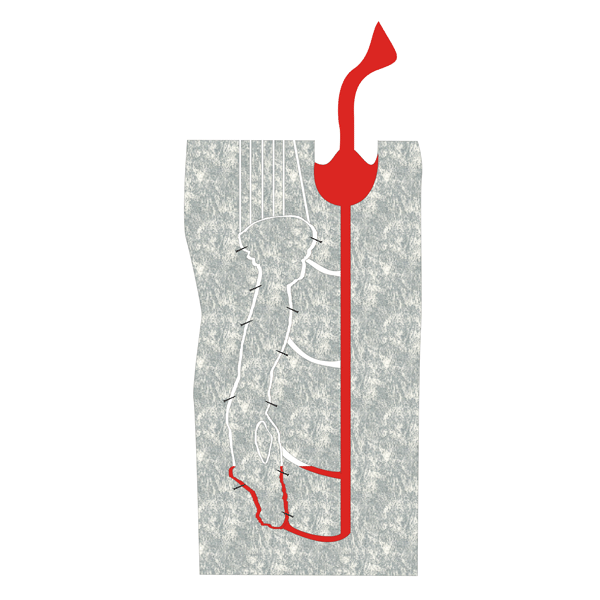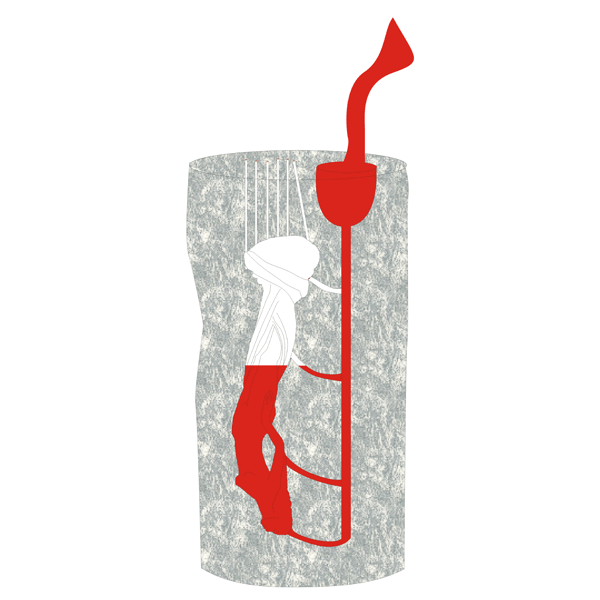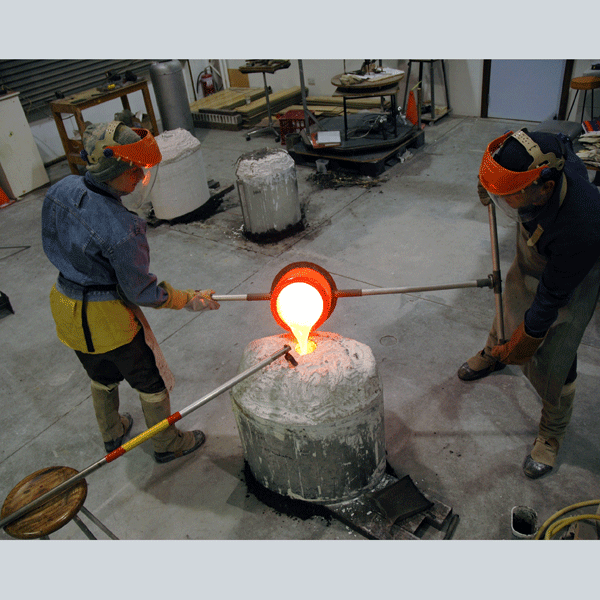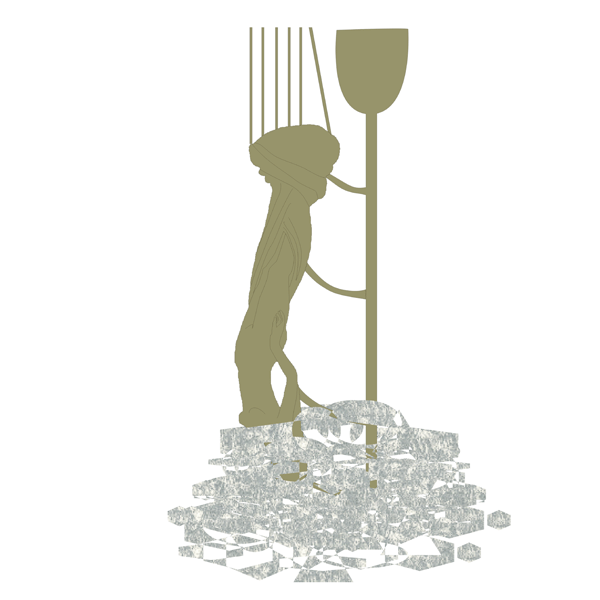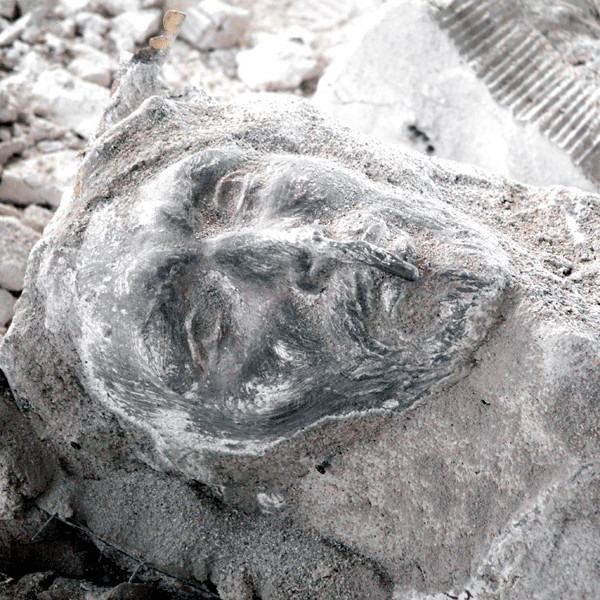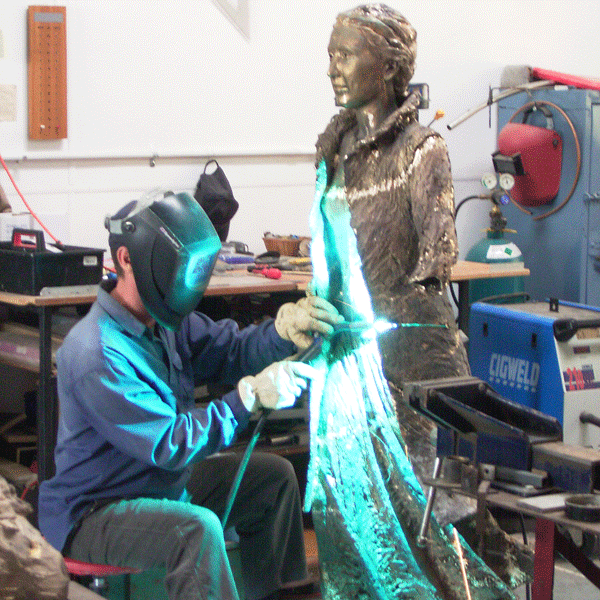Bronze Casting for Artworks
The Lost Wax Technique
Video of pouring molten bronze into ludo moulds
Bronze has a 4000 year history. It changed the world. It brought humans out from 40,000 years of stone technology to the common use of metals for the first time. Strangely, it was invented/discovered independently in two vastly different regions of the world at roughly the same time, in both Mesopotamia and in China.
We work with bronze. We do all our own casting, so we know how difficult and complex it can be. But when you think back to a time when they were firing up different coloured rocks to see if they would melt together, in wood and charcoal fired kilns, the discovery of bronze is absolutely extraordinary.
For a long time archaeologists knew where the original copper mines were in Egypt and Cyprus – but could not find any corresponding tin mines. It was only about five years ago that they found ancient tin mines with tiny narrow tunnels only wide enough for children to crawl down. Tin that was then traded hundreds of miles back to the copper source.
All this effort, a material so precious and so rare, and you would think that they had imperative use for the bronze; axes, or knives or spear heads – but in fact the first bronze objects were sculptures, figurines. Odd isn’t it, the most important thing to make, with the most important technological advance in 40,000 years, was a sculpture.
Longevity
I was privileged to work for Museum conservation for several years, my first job. I remember working on an Egyptian bronze. It fitted in the palm of my hand, 3000 years old and still as perfect as the day it was cast. The energy of such an ancient artefact is unmistakable. You can feel the hand, the mind of the artist – as fresh as if it were yesterday. So, as you can see, when we decide to make a sculpture, to cast a bronze and put it out there for all the world to see, I am always conscious of being a part of this ancient tradition of making images that will communicate ideas across generations, down through history, spanning time and place. The word, the sentence, the statement that we make here will remain for a very long time.
Properties of Cast Bronze:
Bronze casting results in high strength, durable, low maintenance sculpture which will not deteriorate over time. The surface does not rust, corrode or peel. Under standard conditions a well made sculpture will not bend or break. It is ideally suited to public sites as bronze will not degrade in weather or sunlight or by the touch of many hands. Specialist alloy, silicone Bronze: One of the strongest alloys of Bronze available. The alloy is designed for withstanding corrosion of mineral, vegetable and organic acids. High strength alloy: Tensile strength: 310 MPA Min or 20 tons per sq. inch. The bronze is impact proof, surface is scratch resistant and non porous so that graffiti can be cleaned away.
Liquid Metal Studios specialist sevices
Liquid Metal Studios run a bronze casting foundry specifically to cast original sculpture made by the two artists who own the business. The studios do not offer a commercial casting service for other artists and sculptors. The range of services on offer are design of original site specific or project specific sculpture, consultation on the development of ideas and design, creation of original works, fabrication and bronze casting of the latter, installation. Our many years experience has resulted in an exemplary network of subcontractors for associated services; engineering, stonemasons and quarry supplies, landscape architecture, commercial art casting foundries, lighting technicians, cement fabrication and architecture.
![]() A step by step guide to the lost-wax bronze casting process.
A step by step guide to the lost-wax bronze casting process.
